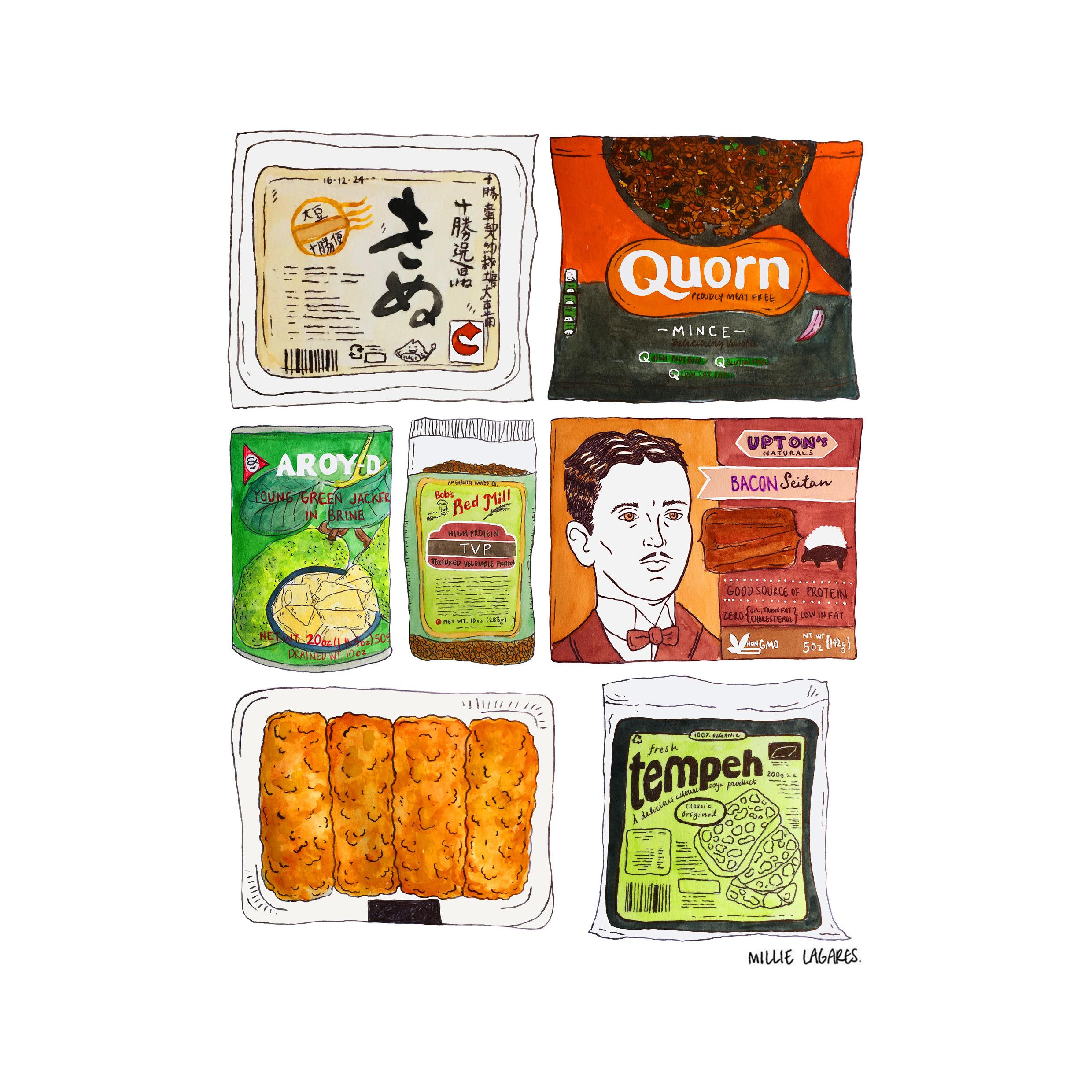We know that it’s not easy being green, Mob, but sticking to a plant-based diet doesn’t have to mean you spend your days consuming an endless cavalcade of salads and smoothies. Vegetables are obviously going to be your best friend when it comes to providing the bulk of your diet, and packing flavour into the plant-based dishes you do eat, but being a vegetarian or vegan doesn’t mean that hot dogs and burgers are completely off the menu.
With everything from faux-fish fingers to meat-free burger patties that actually bleed at your disposal in the local supermarket, we’ve got access to a greater variety of high-quality meat substitutes than ever before. The UK saw a massive demand for new vegan food products over lockdown. But that wide array of options has also brought about some confusion over what these products actually are. Tempeh. Tofu. Seitan. Soyrizo. It’s easy to get bowled over by the assortment of vegetarian and vegan meat alternatives that crowd the shelves, Mob. Which is where we come in.
Whether you’re looking to cut meat out of your life or simply want to have a meat-free Monday every now and then, we’re here to try and help clear things up about the wonderful world of meat substitutes. We’re not saying you’re guaranteed to have a religious epiphany and become a tempeh-and-two-veg kind of person overnight after reading this but these vegetarian and vegan meat substitutes should hopefully have you seeing the benefits of hailing seitan from time to time.
Here’s everything you need to know about meat substitutes.
